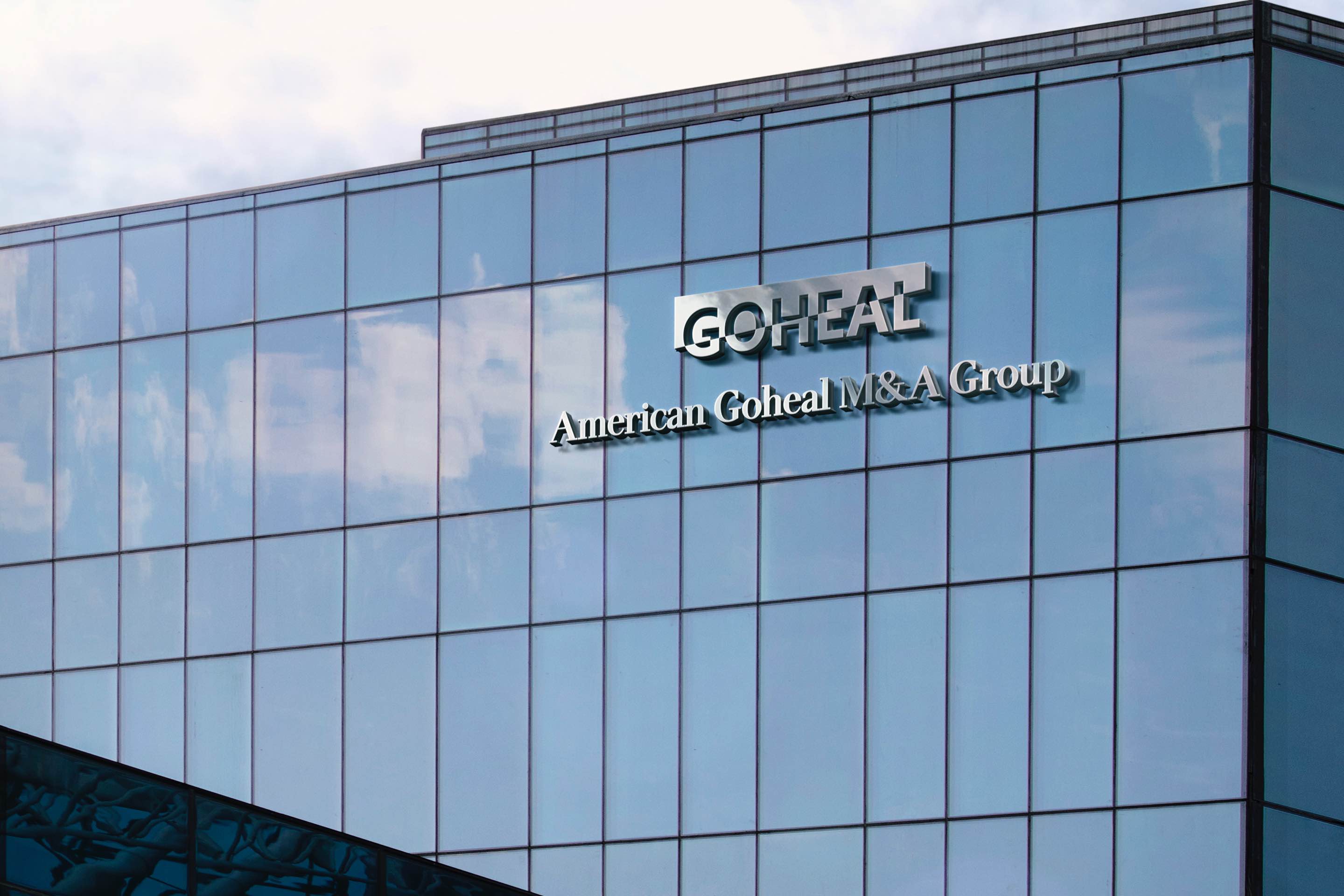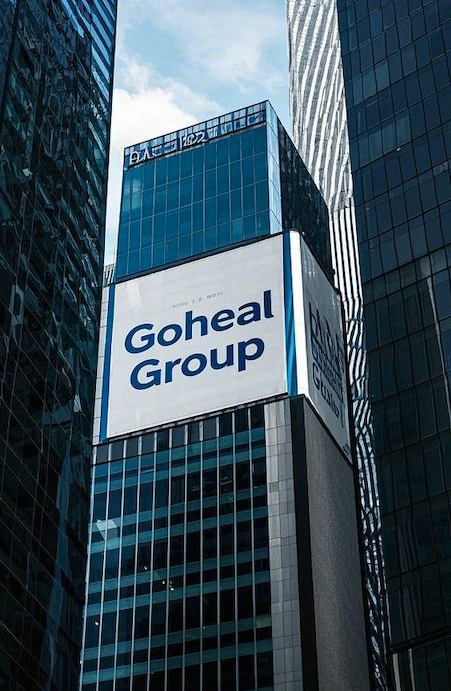"Water does not compete for the first place, but for the continuous flow." The competition in the capital market has never been a short sprint, but an endurance race. If listed companies want to achieve high-quality development, it is far from enough to rely on the "strong medicine" of short-term capital operation. How to achieve sustainable growth from financing to operation is the core issue that the market really cares about. Under the multiple intersections of market fluctuations, policy adjustments, and technological changes, Goheal observed that more and more companies are adjusting their capital operation strategies, trying to transform from "capital games" to "value creation."

American Goheal M&A Group
But the question is - how to use the leverage of capital operation to truly promote the high-quality development of enterprises? Is it financing expansion, optimizing capital structure, or focusing on endogenous growth and improving asset returns? In the chess game of the capital market, financing, investment, mergers and acquisitions, repurchases, equity incentives... Every move may change the future of the company, and how to combine these capital tools tests the wisdom of entrepreneurs.
Financing: From "blood transfusion" to "hematopoiesis", how do companies evolve themselves?
Financing is the first step in capital operation, but the essence of financing is not simply "taking money", but how to truly transform funds into an engine for corporate growth at a reasonable cost. Traditional capital operation methods, such as IPO, fixed increase, and convertible bonds, are still the mainstream, but the market is no longer superstitious about the logic of "financing = growth", but is more concerned about the business model and asset quality behind financing.
Goheal found that companies that truly achieve high-quality development are often more forward-looking in their financing strategies. They will not blindly increase their capital when the market is frenzy, nor will they expand frantically after financing, but will take "precise financing" as the principle to ensure that the flow of funds can match the development rhythm of the company. For example, technology companies are more inclined to increase their capital through strategic investors, obtaining not only funds but also industry resources; while consumer goods companies may rely more on convertible bonds to reduce financing costs and enhance market confidence.
The core of financing lies in "hematopoietic ability". If a company only relies on financing without forming a stable profit model, it will eventually fall into the "financing trap" of the capital market.
Mergers and acquisitions: Capital drives industrial integration, how to avoid "buying without caring"?
Another important path to high-quality development is mergers and acquisitions. Whether it is to strengthen the industrial chain, enter new markets, or optimize the competitive landscape, mergers and acquisitions are an important way for companies to expand. But in reality, mergers and acquisitions do not mean success, and many mergers and acquisitions have even turned into "indigestion".
There have been a large number of "cross-border mergers and acquisitions" in the A-share market. Some manufacturing companies acquired game companies, and some pharmaceutical companies invested in the film and television industry. In the end, due to the large span of the industry, resource integration failed, resulting in a sharp drop in stock prices and even triggering goodwill impairment. Truly successful mergers and acquisitions usually have several characteristics:
1. The business is highly synergistic, and substantial synergies can be generated after the merger;
2. The corporate culture and management system are compatible to avoid internal friction;
3. Cash flow matching ensures that the company will not fall into crisis due to a broken capital chain after the acquisition.
·
Goheal believes that mergers and acquisitions are not "buy, buy, buy", but the art of "post-investment management". Only by finding a balance between capital, operation and management can mergers and acquisitions truly become an accelerator of corporate growth.
Repurchase and equity incentives: How to stimulate market confidence and endogenous motivation of enterprises?
Capital operation is not just external expansion. How to maintain internal motivation and enhance market confidence is also a problem that listed companies need to consider. In this regard, repurchase and equity incentives are the most commonly used tools.
Repurchase is a way to send signals to the market, but the market does not always buy it. If the fundamentals of the company do not improve, repurchase is often only a short-term effect, and the stock price will eventually fall. If the company improves its operating efficiency at the same time after the repurchase, the market will often give a higher valuation. For example, some leading companies will choose to repurchase on a large scale during the industry trough period, and then release value during the performance recovery period to form a virtuous circle.
In contrast, equity incentives focus more on the growth within the company. How to bind the long-term interests of management and core technical personnel with the company is the direction explored by many listed companies. The equity incentive plans of some innovative companies link the unlocking conditions with the core KPIs of the company to ensure that the goals of shareholders and management are consistent, rather than simply "giving money".

Goheal Group
Goheal believes that the core of high-quality development lies in forming a positive cycle of capital and talent. The core function of capital is not speculation, but to optimize resource allocation and allow excellent companies to obtain better development opportunities, while equity incentives allow the core team of the company to truly stand with the long-term value of the company.
Conclusion: How do companies choose the capital path for high-quality development?
Capital operation is an art, not a simple financial game. On the financing side, companies need to move from "blood transfusion" to "blood production" to ensure that capital investment can bring long-term growth; on the M&A side, companies need to avoid blind expansion and truly achieve industrial synergy; on the market management side, companies need to use tools such as repurchases and equity incentives to enhance market confidence and team motivation.
High-quality development is not just a slogan, but a new requirement put forward by the capital market to companies. In the current market environment, which capital operation methods do you think can best promote the long-term value growth of enterprises? In the future, which industries will become hot spots for capital operation? Welcome to leave a message to discuss!
[About Goheal] Goheal is a leading investment holding company focusing on global M&A holdings. It has been deeply involved in the three core business areas of acquisition of listed company control, M&A and reorganization of listed companies, and capital operation of listed companies. With its deep professional strength and rich experience, it provides companies with full life cycle services from M&A to reorganization to capital operation, aiming to maximize corporate value and long-term benefit growth.